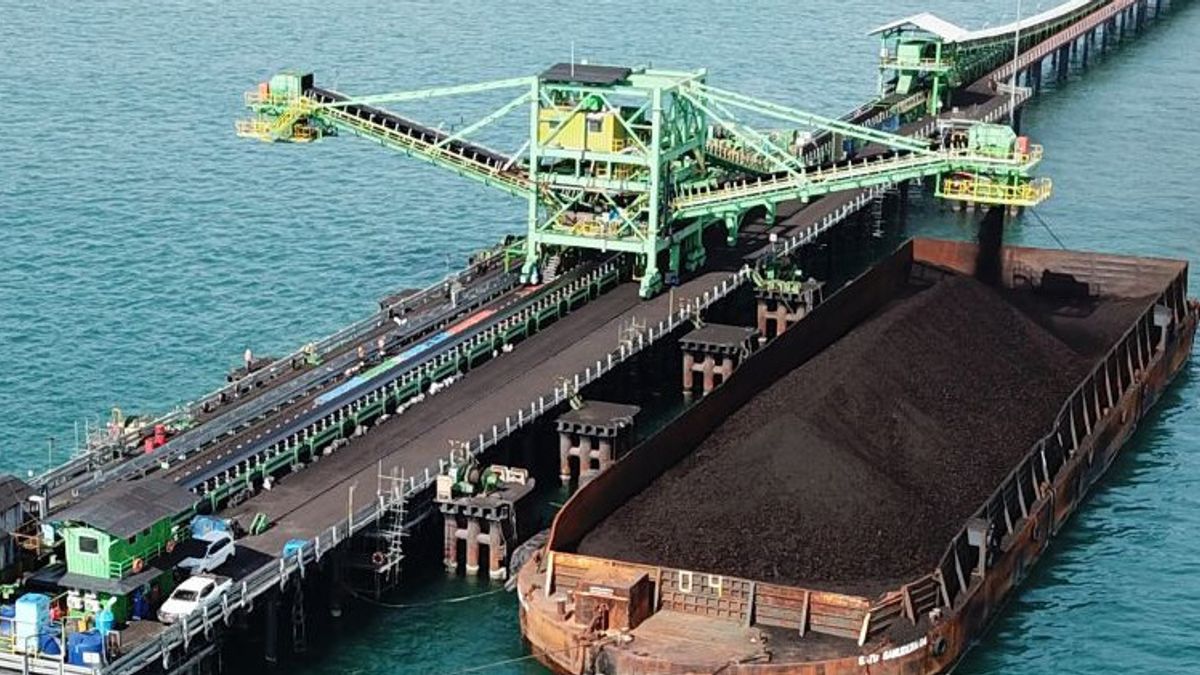JAKARTA - The Coal Reference Price (HBA) in July was corrected to US$319 per tonne, down 4.91 US$ per ton from June, which was US$323.91 per tonne. The cheap price of coal from Russia has led to a significant increase in demand for coal imports to China and India.
"There is a special discount for coal originating from Russia. This discount makes China and India increase their import capacity," said the Head of the Bureau of Communication, Public Information Services, and Cooperation (KLIK) of the Ministry of Energy and Mineral Resources Agung Pribadi in an official statement, Saturday, July 2.
Agung added that China and India's interest in importing coal from Russia was due to global coal prices starting to creep up due to supply shortages and liquefied natural gas prices that were increasingly expensive.
In addition, another factor of the decline in the July HBA was the increase in India's domestic coal production to overcome the problem of the electricity crisis in their country.
The decline in HBA, continued Agung, was the last time in the last six months. In January 2022, the HBA was set at US$158.50 per tonne, rising to US$188.38 per tonne in February.
Furthermore, in March it touched the figure of 203.69 US dollars per tonne, meanwhile in April it was at 288.40 US dollars per ton, in May it was at the level of 275.64 US dollars per ton, and lastly in June, which was 323.91 dollars. US per tonne.
HBA itself is a price obtained from the average index of the Indonesia Coal Index (ICI), Newcastle Export Index (NEX), Globalcoal Newcastle Index (GCNC), and Platt's 5900 in the previous month, with quality equivalent to 6322 kcal/kg GAR. , total Moisture 8 percent, total sulfur 0.8 percent, and Ash 15 percent.
There are two derivative factors that influence the movement of HBA, namely, supply and demand. In terms of supply derivatives, it is influenced by season (weather), mining techniques, supplier country policies, to supply chain technicalities such as trains, barges, and loading terminals.
Meanwhile, the demand derivative factor is influenced by declining electricity demand, which correlates with industrial conditions, import policies, and competition with other energy commodities, such as LNG, nuclear, and hydro.
The English, Chinese, Japanese, Arabic, and French versions are automatically generated by the AI. So there may still be inaccuracies in translating, please always see Indonesian as our main language. (system supported by DigitalSiber.id)









